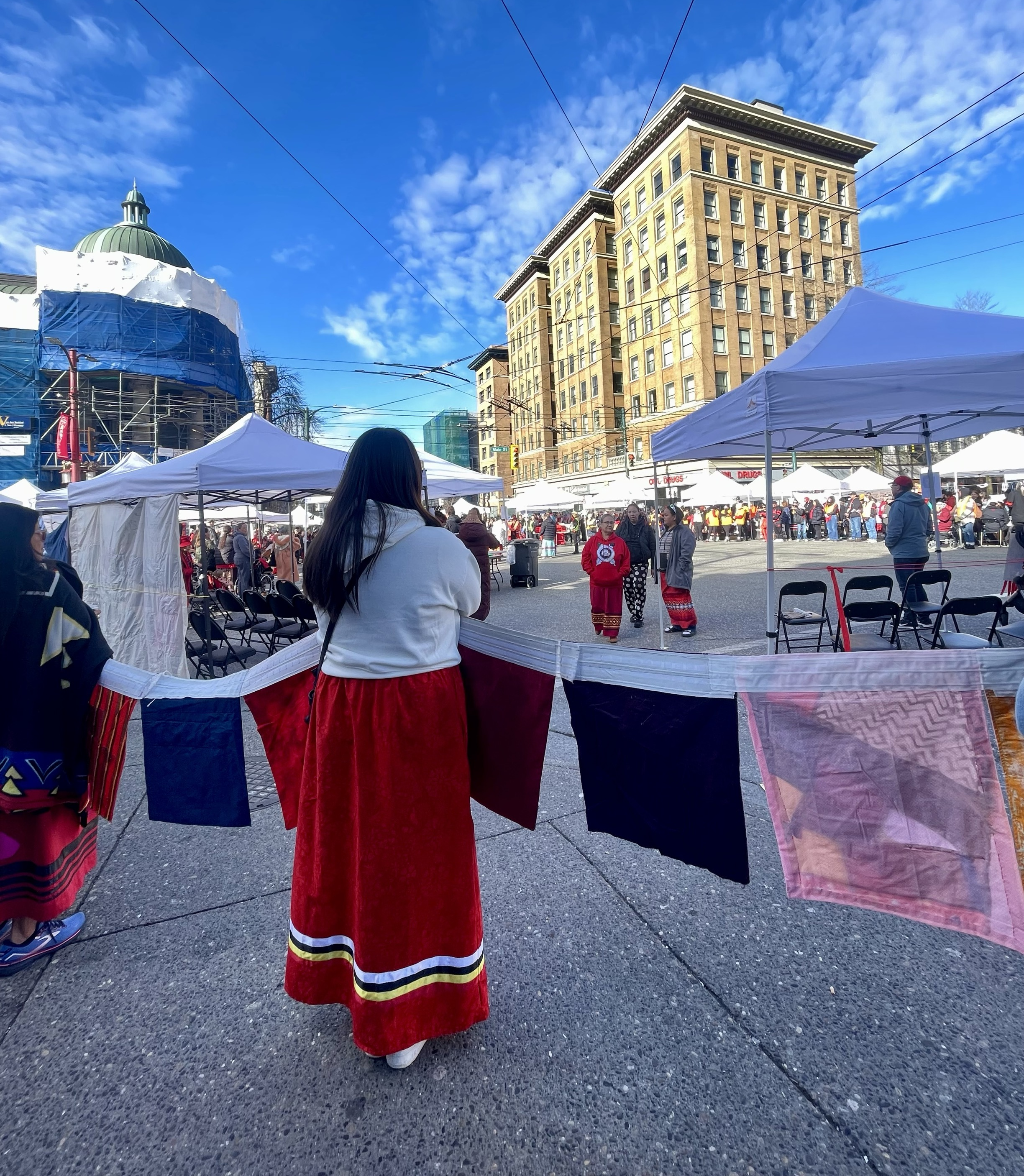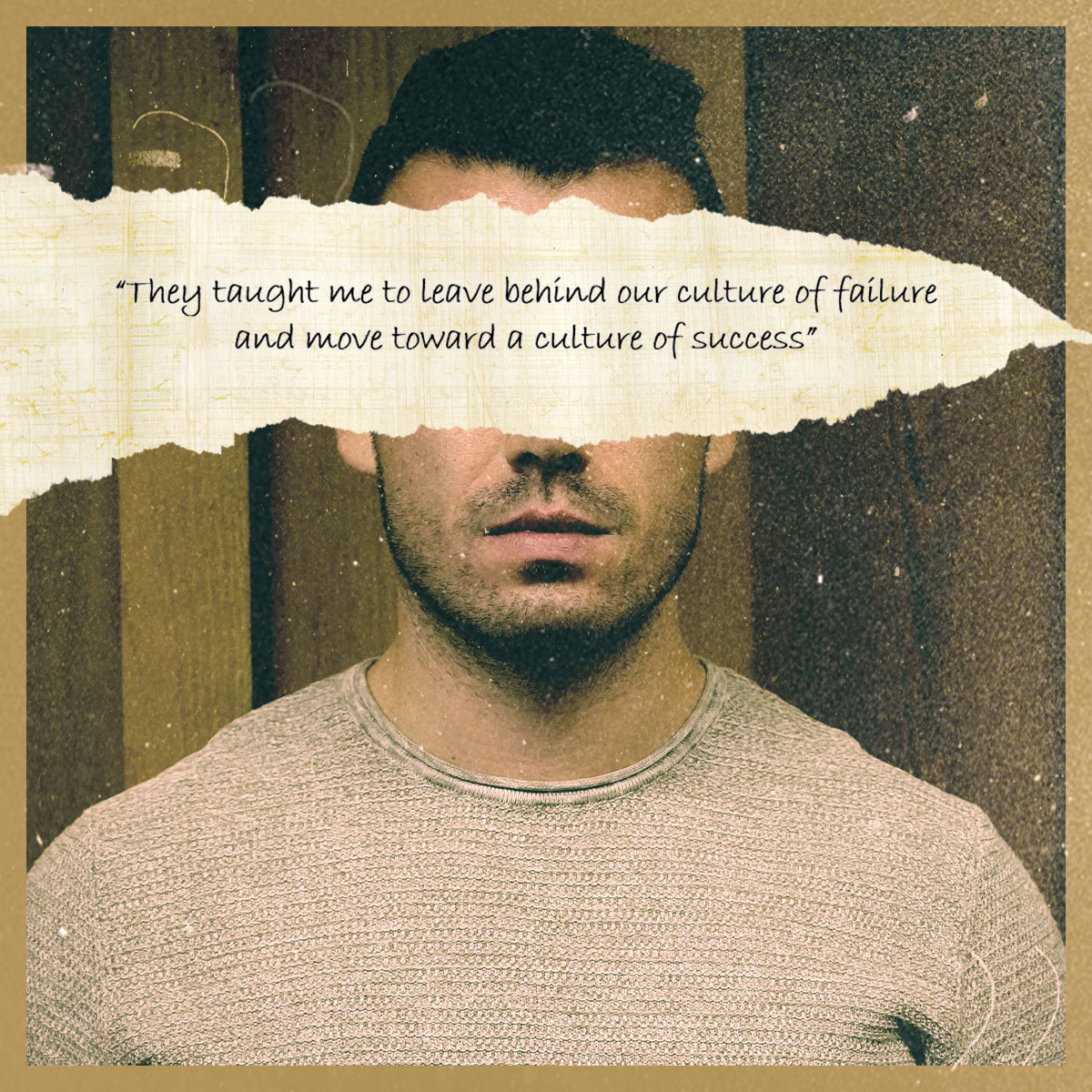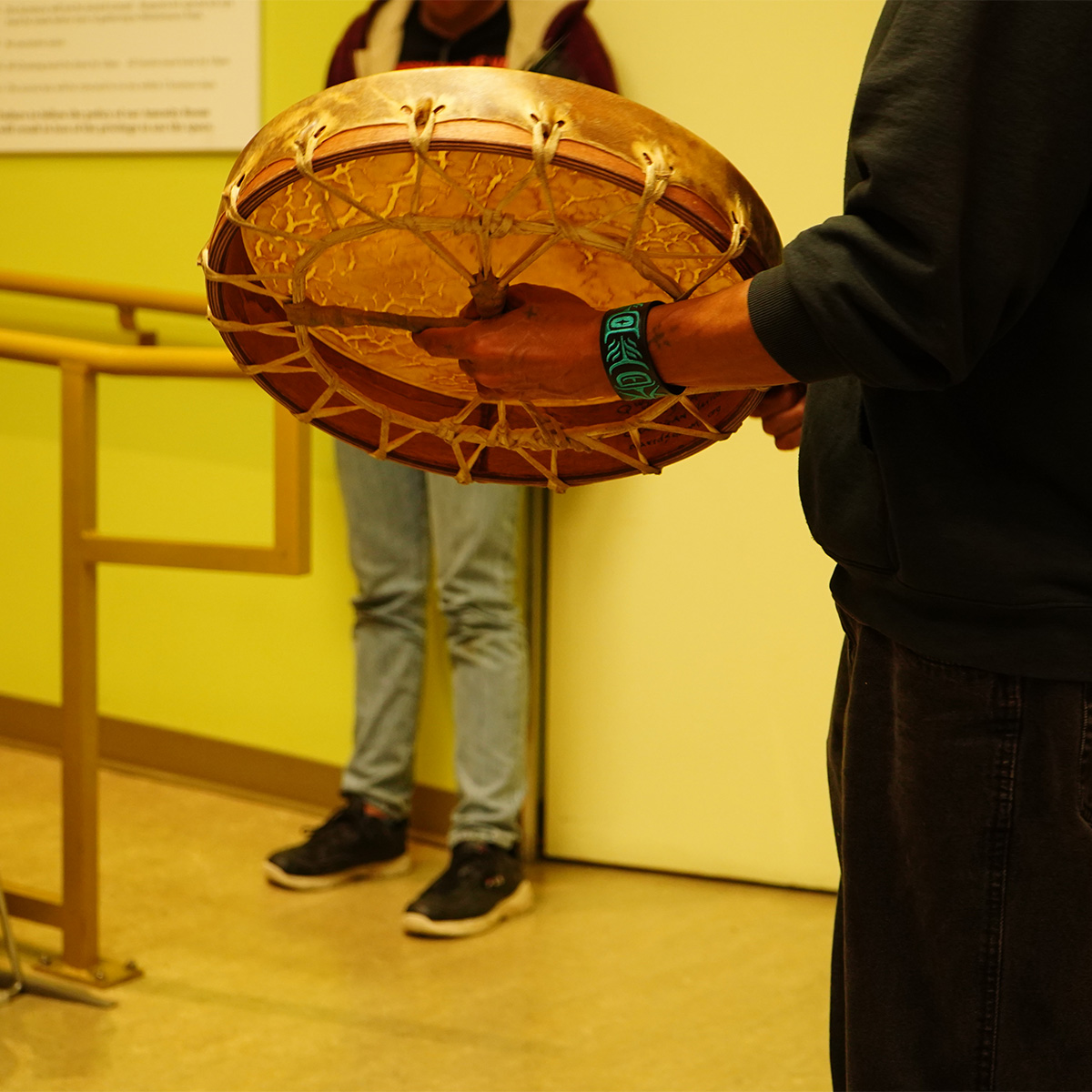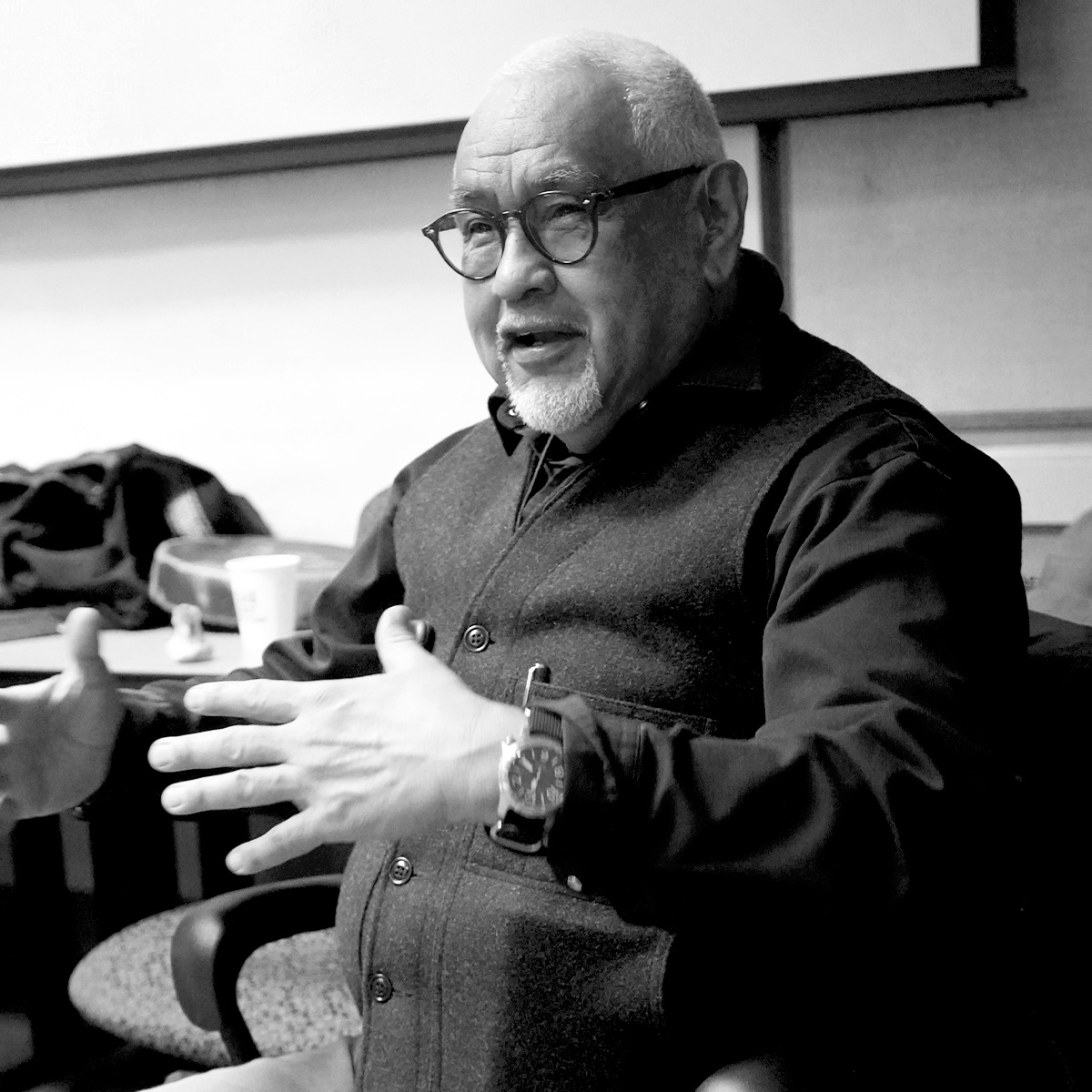May 5th is known as Red Dress Day and is recognized as the National Day of Awareness for Missing and Murdered Indigenous Women. It is a day to remember and honour the countless Indigenous women, girls, and Two-Spirit people who have disappeared or been victims of violence, often receiving little to no legal justice. Learning about the history behind Red Dress Day, and the continuous challenges that Indigenous communities face, is essential in understanding its true significance.
The origins of Red Dress Day can be traced back to 2010, when Métis artist Jaime Black initiated the powerful art installation, “REDress Project”. Black used red dresses as a visual representation of murdered or missing Indigenous women across Canada. The haunting sight of empty red dresses hanging in public places, from trees to lamp posts, was meant to call attention to the startlingly high rates of violence that Indigenous women experience.
The REDress Project gained recognition worldwide, igniting discussions about the violence against Indigenous women and the underlying issues that perpetuate it. People wear red dresses or ribbons on May 5th to commemorate the lives lost due to violence and to call for justice. Red Dress Day took hold in Canada but has since spread internationally. It has evolved into a day of solidarity, reinforcing the Calls to Justice made by the 2019 National Inquiry into Missing and Murdered Indigenous Women and Girls. This inquiry is closely related to Red Dress Day.
“Indigenous women in the provinces were more likely than non-Indigenous women to have experienced violent victimization, with the comparison being 64 per cent of Indigenous women versus 45 per cent of non-Indigenous women in Atlantic provinces, 62 per cent versus 43 per cent in central Canada, 61 per cent versus 48 per cent in the Prairies, and 65 per cent versus 50 per cent in British Columbia.” – CBC News, 2022
Notwithstanding these concerning figures, MMIWG2S cases frequently remain unsolved, leaving families in the dark and without closure. Red Dress Day is an emotional symbol of how important it is to continue raising awareness and advocating for systemic change. It draws attention to the ways that colonialism, racism, and sexism intersect to further marginalize Indigenous women and place them more at risk to be subjected to violence. To effectively tackle the problem of MMIWG2S, society needs to face its ingrained prejudices and strive for solutions that prioritize the perspectives and experiences of Indigenous people.
On this day of memorial, let us keep in mind the lives that it represents. Lives taken too soon, leaving broken hearts in the communities they have left behind. Let’s pay tribute to the fortitude of Indigenous communities across Turtle Island and pledge to support those who are impacted by colonial violence.
References:
CBC/Radio Canada. (2022, May 18). Indigenous women more likely to face violence in their lifetime, says New report | cbc news. CBCnews. https://www.cbc.ca/news/indigenous/violence-indigenous-women-atlantic-1.6452901#:~:text=Indigenous%20women%20in%20the%20provinces,per%20cent%20versus%2048%20per
Government of Canada, C. I. of H. R. (2022, May 4). May 5 is the National Day for awareness of Missing & Murdered Indigenous Women and girls (MMIWG), also known as “Red dress day.” CIHR. https://cihr-irsc.gc.ca/e/52964.html
Government of Canada; Crown-Indigenous Relations and Northern Affairs Canada. (2022, July 9). National Inquiry into missing and murdered indigenous women and girls. https://www.rcaanc-cirnac.gc.ca/eng/1448633299414/1534526479029
Khokhar, E. (2024, April 24). Red Dress Day 2024: Take action on May 5. Amnesty International Canada. https://amnesty.ca/activism-guide/red-dress-day-2024-take-action-on-may-5/#:~:text=May%205%20is%20Red%20Dress,and%20invites%20solidarity%20and%20action
Missing and murdered Indigenous Women (MMIW). Native Hope. (n.d.). https://www.nativehope.org/missing-and-murdered-indigenous-women-mmiw#:~:text=May%205%20is%20the%20official,across%20the%20US%20and%20Canada
Red Dress Day. The Canadian Encyclopedia. (2022, September 19). https://www.thecanadianencyclopedia.ca/en/article/red-dress-day














